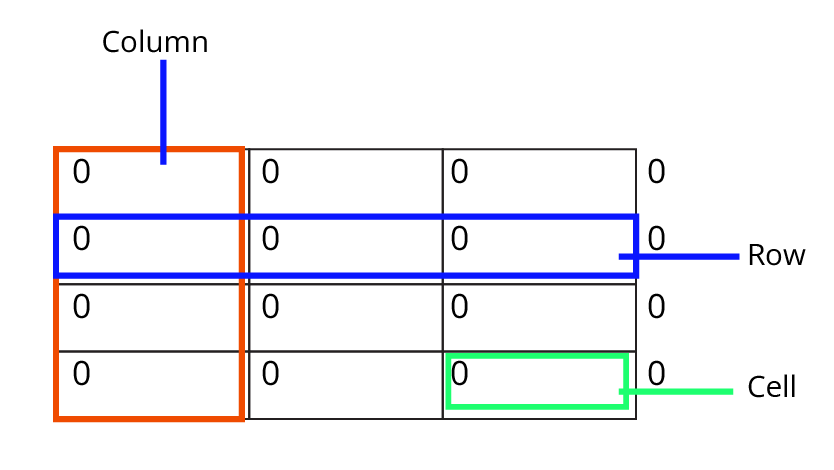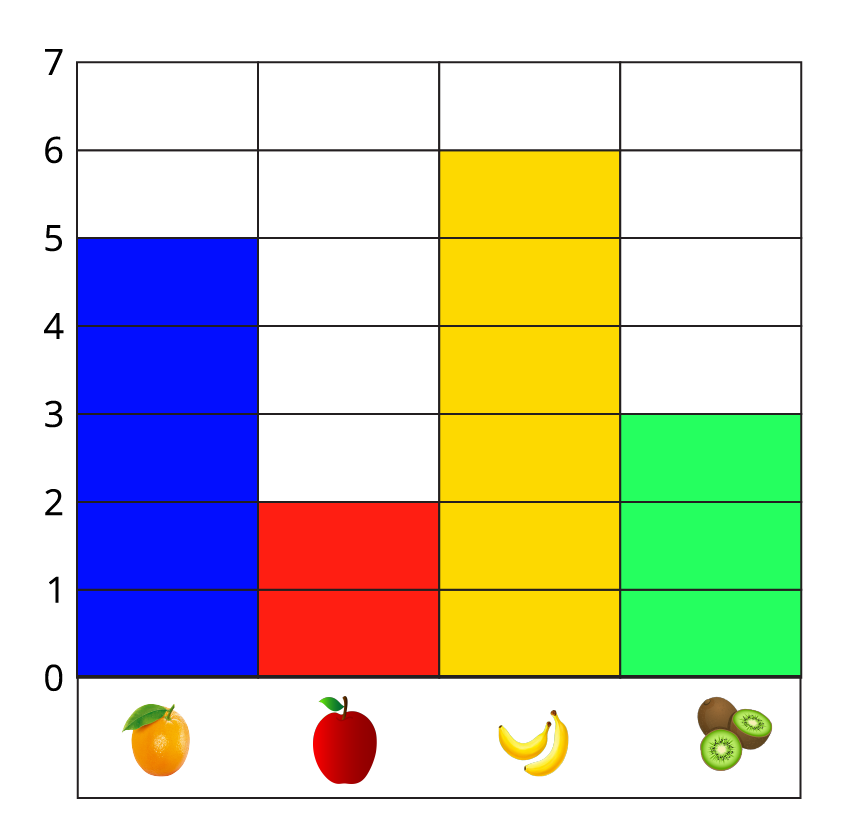An Overview of Cbse Class 4 Maths Notes Chapter 14 Smart Charts
FAQs on Cbse Class 4 Maths Notes Chapter 14 Smart Charts
1. How can I use smart charts?
From the Smart Charts summary, you can realize that this technique can be used to extract information from a lot of data. You can tabulate information and solve questions based on them.
2. What are rows and columns in a chart?
Rows are the sections that run from left to right drawn on your Maths Exercise chart. Columns are those that run from top to bottom of a page on the same chart. Rows and columns intersect each other to form a chart.
3. How can I practice NCERT Class 4 Maths Exercises Chapter 14?
Download the NCERT Solutions for Class 4 Maths Chapter 14 to get a clear understanding of the types of sums covered and their solutions. Solve and practice the sums on your own and compare your answers with the given solutions to check your answers.
4. What is the purpose of learning about Smart Charts in Class 4 Maths?
Understanding Smart Charts in Class 4 Maths is crucial as it teaches students how to visually represent data using charts like bar graphs and pictographs. This skill helps in organizing information, making it easier to analyze and draw conclusions from different sets of data.
5. How can I improve my skills in interpreting Smart Charts?
To enhance your Smart Charts interpretation skills, practice creating various charts using different data sets. Additionally, focus on understanding the key elements of charts, such as axes, labels, and legends. Regularly working with Smart Charts will build your confidence and proficiency in interpreting visual data representations.
4. What is the significance of learning about Smart Charts in Class 4 Maths?
Understanding Smart Charts in Class 4 Maths is crucial as it teaches you how to visually represent information using graphs and charts. This skill is valuable in daily life for organizing and interpreting data. Learning Smart Charts lays the foundation for effective data handling, enhancing your ability to make sense of information in a fun and colorful way.
5. How can I use Smart Charts in real life, and why is it important?
Smart Charts are helpful in real life for organizing and presenting information in a visual and easily understandable way. For example, you can create a chart to represent your toy collection or track your daily reading habits. Understanding Smart Charts is important as it equips you with practical skills for managing information effectively in various situations.




























